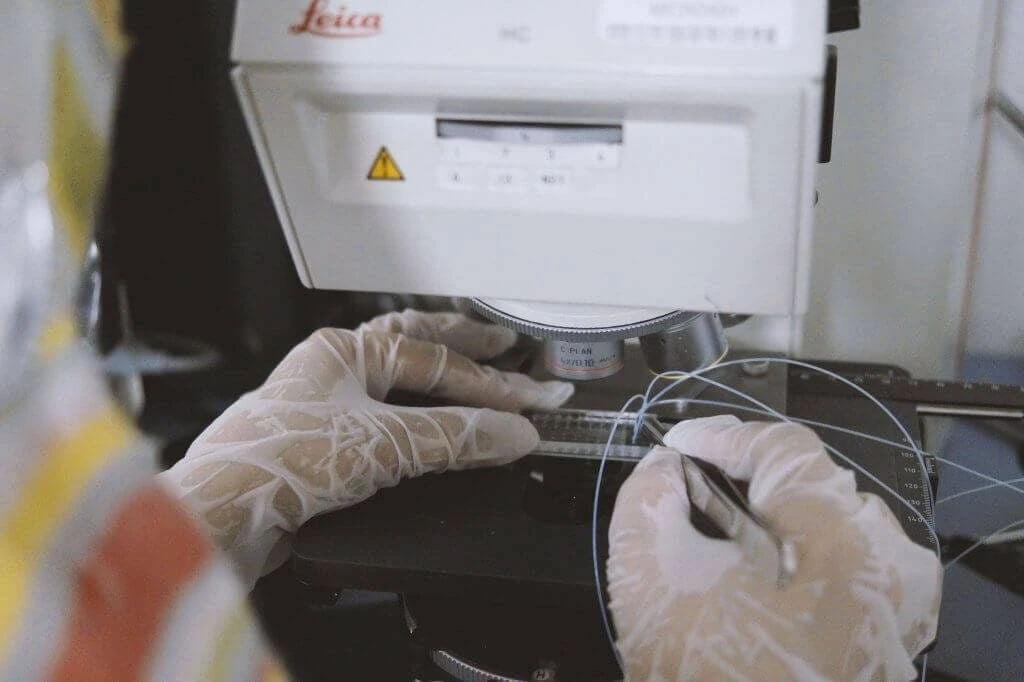5th Joint Transnational Call: Collaborative Innovative research in Personalized Medicine
Why use microfluidics for the 5th ERA PerMed JTC?
- Organ-on-chip for personalized biomarker analysis
- Lab-on-chip for fast and parallel analysis of proteins, metabolites, biomarkers…
- Characterization of the personal microbiome
- Microfluidics for machine learning

What can microfluidics do for the 5th ERA PerMed JTC?
The 5th ERA PerMed JTC for personalized medicine is divided into 3 research areas. Microfluidics is highly relevant for the 2 first areas:
Research area 1: “Translating basic to clinical research and beyond”
With organ-on-a-chip technology, growing patient cells on a microfluidic chip is possible. The advantages of microfluidics are:
- The very precise control of the cell microenvironment, allowing more physiologically-relevant experiments than with traditional cell culture
- The possibility to stick as closely as possible to the patient’s physiology
- The possibility to parallelize and automate the experiments
The main application of organ-on-chip technology in personalized medicine is drug screening, which identifies the most relevant drug for a specific patient. However, it can also be applied to biomaterial testing before implantation in the patient (as developed in the PANBioRA project) or to reproduce a pathology on a chip in a personalized manner.
Microfluidic lab-on-chips are also very interesting for the development of personalized treatments for patients, in particular for the analysis of samples from patients (blood, urine, saliva…, etc.) and the detection of various metabolites. They allow the automated and short-time parallelized analysis of various samples with very low volumes of samples. The same technology can be used for the personalized synthesis of treatments, like in the ElectroMed project.

Research area 2: Data and Information and Communication Technology
Microfluidics can be interesting for the development of machine learning and systems controlled by artificial intelligence: the possibility to create a highly reproducible environment makes this technology ideal to train an algorithm.
What can the MIC do for your ERA PerMed project?
The MIC can bring its expertise in microfluidic instrumentation and flow control to help you develop your project’s microfluidic innovation! We have already participated in more than 30 European projects, helping our partners develop systems suited to their projects.
More specifically, we can:
- Develop user-friendly platforms for the perfusion of your organ-on-chip
- Build innovative instruments for sample injection in your lab-on-chip
- Design the flow control solution suited for your project
- Automate your system to allow high-throughput experiments and good reproducibility to implement machine learning